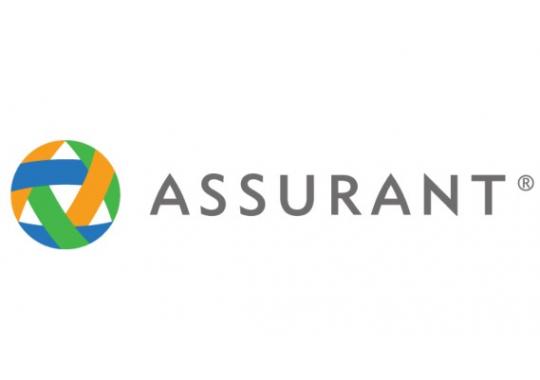Addressing the Complexities of Logistics Software Development
While the landscape of logistics software development is rife with opportunities, there are also many challenges to consider. With the world becoming increasingly interconnected and digitalized, the demand for efficient and agile logistics solutions has never been higher. However, meeting these demands comes with its own set of hurdles, ranging from technological advancements to shifting market dynamics. In this article, we’ll delve into seven key challenges facing logistics companies as they consider their software development priorities and explore strategies to overcome them.
Integration Complexity
Integrating various systems and platforms remains a perennial challenge in logistics software solutions. This challenge has been exacerbated by the proliferation of new technologies such as Internet of Things (IoT), blockchain and artificial intelligence (AI). These technologies promise enhanced visibility, traceability and automation but require seamless integration with existing systems. Transport companies will have to navigate compatibility issues, data silos and disparate protocols to ensure interoperability across the supply chain.
Data Security and Privacy
As logistics software becomes more data-driven, ensuring the security and privacy of sensitive information becomes paramount. With the rise of cyber threats and stringent regulatory requirements such as GDPR and CCPA, logistics companies must implement robust security measures to safeguard data throughout its lifecycle. This includes encryption, access controls, regular audits and proactive threat detection to mitigate risks of data breaches and compliance violations.
Scalability and Performance
With the exponential growth of e-commerce and global trade, logistics software must be able to scale seamlessly to handle increasing transaction volumes and complexity. This requires optimizing performance, minimizing latency and leveraging cloud-native architectures to accommodate fluctuations in demand. Modular and extensible solutions must be designed that are capable of scaling horizontally and vertically to meet the evolving needs of logistics providers and their customers.
Real-Time Decision Making
In today’s fast-paced logistics environment, the ability to make informed decisions in real-time is critical for optimizing operations and enhancing customer experience. This necessitates leveraging advanced analytics, machine learning and predictive modeling to extract insights from vast amounts of data in real-time. Teams must design agile and adaptive algorithms that can analyze complex datasets, identify patterns and recommend optimal courses of action to logistics stakeholders.
Custom Logistics Software Applications
Developing custom logistics software applications requires overcoming numerous challenges, including understanding complex logistics workflows, integrating disparate systems, ensuring data security and privacy, achieving scalability and performance and designing intuitive user experiences. By addressing these challenges strategically and collaboratively, developers can create custom solutions that empower logistics companies to optimize their operations, enhance efficiency and achieve their business objectives in an increasingly competitive and dynamic industry.
User Experience and Adoption
Despite the technological advancements, the success of logistics software ultimately hinges on user experience and adoption. Designing intuitive, user-friendly interfaces that cater to the diverse needs of logistics professionals is imperative. This entails conducting thorough user research, incorporating feedback loops and prioritizing usability testing to ensure that the software meets the needs and expectations of its end-users.
Regulatory Compliance
The logistics industry is subject to a myriad of regulations governing everything from transportation and customs to environmental sustainability and labor practices. Navigating this regulatory landscape requires logistics organizations to stay abreast of evolving compliance requirements and incorporate them into their software solutions. This includes building configurable workflows, audit trails and reporting mechanisms to facilitate compliance monitoring and reporting.
Supply Chain Resilience
The COVID-19 pandemic exposed the vulnerabilities of global supply chains, highlighting the need for resilience and agility in logistics operations. Logistics organizations must now focus on building software solutions that enhance supply chain visibility, agility and risk management capabilities. This includes implementing predictive analytics, scenario planning and supply chain simulation tools to anticipate disruptions and mitigate their impact on operations.
Logistics software development today presents many challenges, from integration complexity and data security to scalability and real-time decision making. However, by leveraging emerging technologies, adopting agile development methodologies and prioritizing user experience and compliance, development teams can overcome these challenges and unlock new opportunities for innovation and growth. As the world continues to become more tech-focused, the role of logistics software in driving efficiency, resilience and sustainability will only become more crucial.
Our teams work collaboratively with you to provide creative and impactful solutions that help you exceed all of your business goals. From product vision and evolution to platform modernization and cloud enablement, we’re your nearshore software engineering partner.






